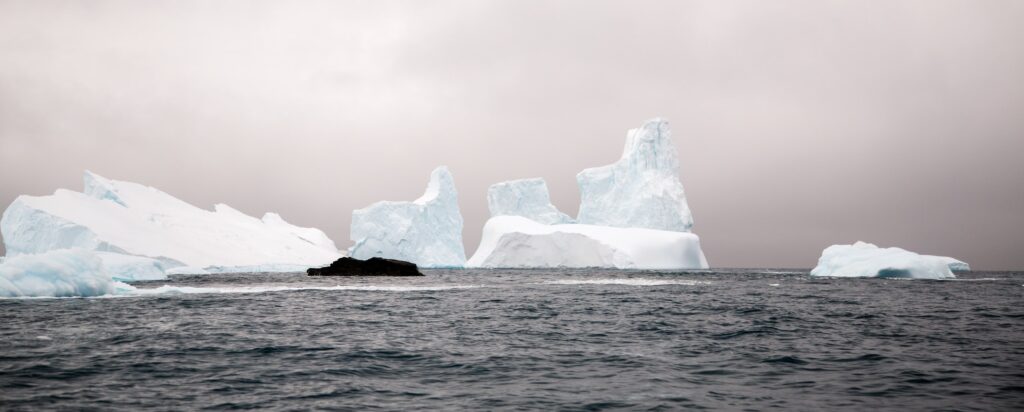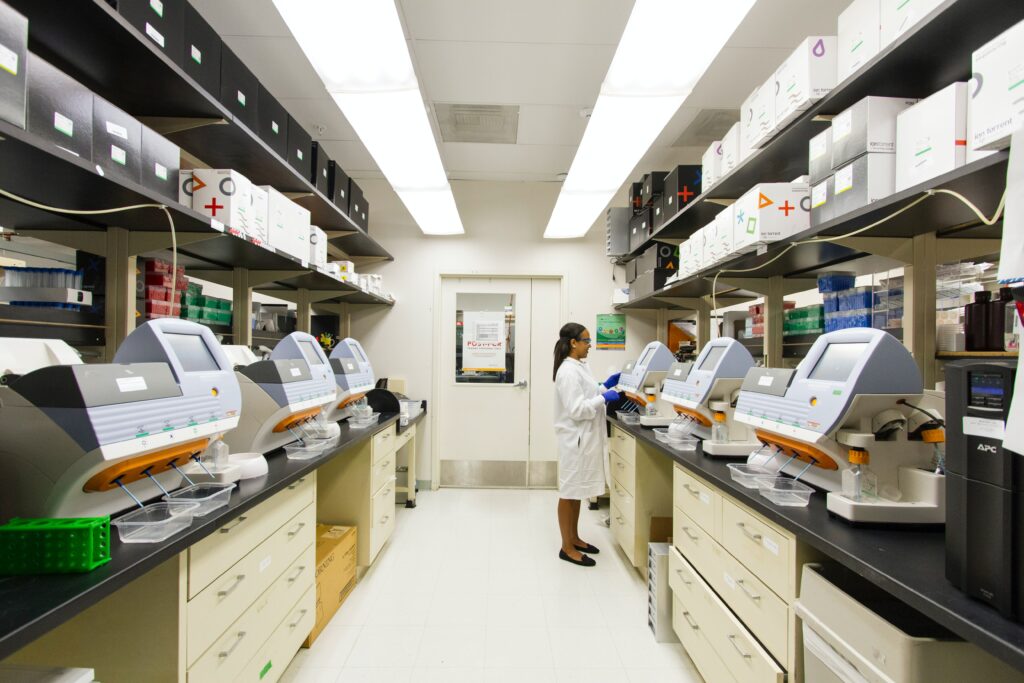The Ross Sea is a critical region for the oceanography of the global ocean, being the site of significant deep-water formation, a rapidly changing region, and home to a highly productive ecosystem. Changes in the Ross Sea physical and biological features have been observed for decades – including massive loss of ice shelves, retreat of tidewater glaciers, reduction of seasonal sea-ice extension, surface water warming and strong salinity changes – and are expected to continue in future. However, the responses of the planktonic microbial food webs (from viruses to prokaryotes and unicellular eukaryotes), which are key components driving biogeochemical processes and energy and material flow to higher trophic levels, are still largely unknown. This limits our understanding of the functioning and provisioning of goods and services of Antarctic coastal ecosystems.

The advances in DNA sequencing and metagenomics make now possible to provide insights on the biodiversity and functions of the microbial food webs, and to explore the complex network of biological and ecological interactions. These tools can provide unprecedented evidences on the role of the microbial “world” in the Antarctic coastal ecosystems, and their response to changing environmental conditions related with ice melting processes.

MetaIceRoss aims at providing new insights on the influence of changes in the thermohaline and trophic conditions, as the consequence of the sea ice melting processes, on biodiversity and functioning of the planktonic microbial food web in Antarctic coastal systems. This project will investigate the microbial responses during intensive field work through cross-cutting multidisciplinary and innovative approaches. In detail, the main objectives of this project are:
- to investigate planktonic microbial biodiversity, from viruses to prokaryotes and unicellular eukaryotes, by using high throughput sequencing technologies;
- to investigate the relationships between microbial biodiversity and key attributes of ecosystem functioning (biomass production, organic matter cycling, nutrient regeneration)
- to assess the role of viral impact on microbial biodiversity and biogeochemical cycles
- to identify the main environmental drivers that shape microbial biodiversity and metabolic functions
- to shed light on the complex network of interactions within the planktonic food webs, and their response to the ice melting and consequent changes in the environmental conditions
- to elaborate a new conceptual model of the response of the pelagic microbial food webs in coastal polar ecosystems under future climate change scenarios.
Tasks
Task 1. METHODOLOGICAL SET UP AND STANDARDISATION OF ANALYTICAL AND BIOINFORMATIC PROCEDURES
This task aims at: i) set up of those methodologies needed for the analyses of the selective impact of viruses on different microbial components, ii) improve the protocols to recover marine viruses and their nucleic acids for the assessment of diversity using shotgun metagenomics; iii) standardize molecular protocols to analyse different microbial components (viruses, prokaryotes, unicellular eukaryotes) and identify the most suitable bioinformatic tools for the sequence analysis
Task 2. EFFECTS OF ICE MELTING ON MICROBIAL BIODIVERSITY AND INTERACTIONS
This task aims at: i) identify the main environmental drivers
that influence microbial biodiversity and assemblage composition during ice-melting processes, ii) assess the factors that shape the main metabolic functions in the different metagenomes, iii) analyse the role of abiotic (temperature, salinity, nutrient availability) and biotic factors (viral pressure), and their interactions, in influencing prokaryotic and unicellular eukaryotic biodiversity, iv) identify changes in the main metabolic functions in relation with the ice melting process
Task 3. IMPACT OF VIRAL INFECTIONS ON THE DIVERSITY AND FUNCTIONING IN RELATION WITH CHANGING ENVIRONMENTAL
CONDITIONS
This ask aims at investigating: i) the production, decay, life strategies and diversity of planktonic viruses during ice melting, and ii) the virus-induced mortality on different microbial components (prokaryotes and unicellular eukaryotes).
Task 4. BIODIVERSITY AND ECOSYSTEM FUNCTIONING UNDER REGIME SHIFTS SCENARIOS
This task is designed to analyse: i) the relationships between microbial diversity and key ecological processes (organic matter degradation rates, biomass production), ii) the potential role of rare microbial taxa in ecosystem functioning, iii) the relationships between microbial taxonomic diversity and key functional genes under different regime shift scenarios.